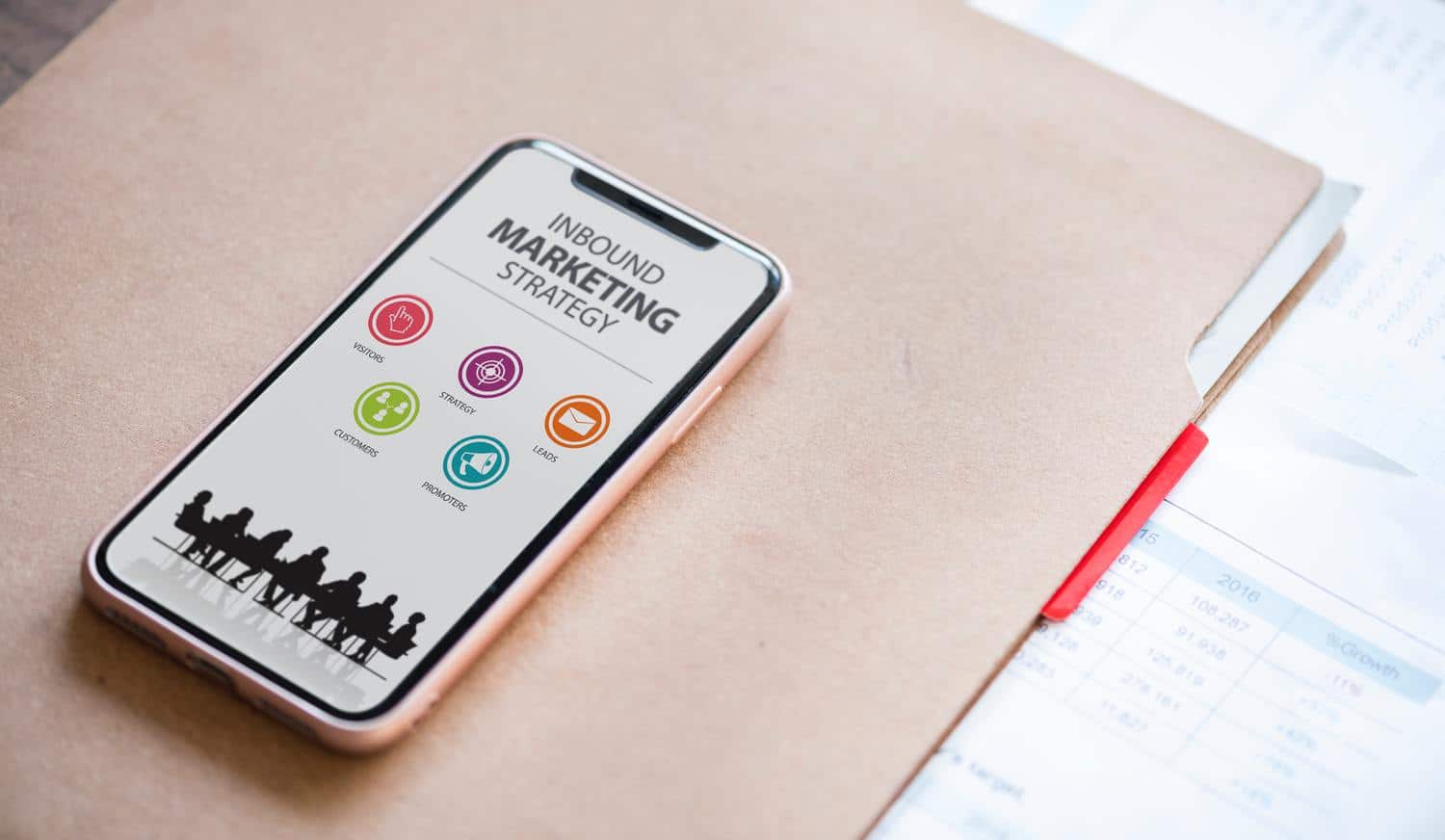The number of mobile phone users worldwide is 4.93 billion approximately. That’s a lot of numbers! Also, 50% of the countries within the top 10 for downloads and revenue in the iOS App Store, as well as 80% of the countries within the top five for downloads and revenue in the Google Play Store, are non-English speaking countries.
In order to compete within the wide array of foreign markets, your mobile app should be customised to work in other languages and countries so that you have a chance to reach potential worldwide dominance.
Localisation is the adaptation of an app – or any other product – that suits the language, culture and other regional attributes of a particular target market in the world. This is not a mere translation of the user interface and documentation, but in fact a change in content that caters to a given culture/country. The elements that can be customised varies on business goals and objectives.
Methods
There are two common approaches to how you can best engage your audience using mobile app localisation.
Deep localisation is the process of choosing a few languages and manipulating the app to adapt to that given language, culture and country. This often consists of; a variety of customised features; distributing the app locally and launching local and relevant campaigns to help promote it.
Minimum Viable Localisation (MVL) is one of the first strategies within your app development process that focuses on testing and understanding a variety of different markets to see what value and potential they could bring to your app. This will then give you an insight into the best market for you to invest advertisement and development fees into.
The Localisation Process
Content: Ideally, you should first localise your app store listing. If there is any positive response, localise your app’s content, design and user manuals based on your chosen target market. If this process receives a positive response, localise everything in your app to that market (including currency details, graphics etc).
Translation: Your choice of translators will affect the cost, quality and efficiency aspects to your app. To save money, you could do the translation in-house, by crowdsourcing. But, we’d advise you to get professional help and outsource it to professional translators. That way, you can avoid your app sounding like a basic Google Translator – which often gets the context of conversations incorrect.
Whichever process you choose to follow, provide the translators with detailed context and good reference materials, such as translation glossaries and style guides, to improve accuracy and relevance to your market.
Internationalisation: You also have to create or adjust setups and code for your app to support multiple languages. Internationalisation is the design and development of an app that enables easy localisation for audiences with different languages, regions or cultures. Ultimately, this will save you a lot of time trying to manually localise your app.
App localisation testing: Your translated app should be tested on various iOS and Android devices. The testers must be fluent in the desired language, familiar with your app, and able to test every feature that is available.
App store optimisation (ASO): You should optimise search terms (Link to ASO Blog Post), keywords, app description pages and overall app store content for the local audiences so that your app can have a greater chance of ranking highly within the respected app stores.
Launch: Your app can then be launched after localisation testing and basic ASO strategies have been completed.
What are the advantages of Mobile App Localisation?
Access to a Global reach: A multi-language app will gain your app access to a global market, which would be great in terms of exposure for your app and reaching as many people as possible.
Unlimited sales potential: Even if your app reaches a fraction of the ever-increasing number of app users, downloads and retention will most likely be guaranteed to increase. Whatever it is that your app offers, you can be sure that there’s a market for it overseas.
Better ROI: While the entire localisation process can appear costly, with the right localisation strategy put into place, you’ll most likely see ROI guaranteed. How? Well, the more you apply the strategy to different markets, the more experience you’ll have in understanding all of the different knowledge curves, meaning that the process will eventually become more simplified and efficient. Due to recent studies, it’s found that localised apps definitely saw an increase in downloads, by a staggering 128%.
Disadvantages
- Localisation might be expensive as it requires a lot more coding, developers with specialised and specific skills as well as excellent translators. Although most development environments support Internalisation, there is no uniform/standard programming software process, which means you may have more work in standardising your app.
- There are an estimated 6,909 distinct languages in the world. Unfortunately, this means that languages can have different spoken variations and dialects, known as locales. Even if you choose one language, your Localised app rollout may not be easy having to adapt to a wide variety of language barriers.
- Different languages take up different amount of spaces around the world. Some languages are read from right to left; some are vertically presented. Such differences call for more flexibility within your software, design and layout.
- Translations can’t be done out of context. Your entire source text may need to be rewritten, especially when it comes to cultural nuances.
The entire point of mobile app localisation is to prepare your app for potential world domination. Once you’ve tested your app, ensured that it’s translated accurately to your chosen target market and it’s well adjusted to the cultural differences, your app should be ready to go. With knowledge and experience, you will undoubtedly get better at the process, making it faster and easier for all parties involved, and ensuring you get a slice of the international market even sooner. If you have an app idea, Talk To Us today and we can help take your app global.
Share this
You May Also Like
These Related Stories

Why all of the Best Mobile Games are Doing Their Marketing In-House

4 Tips for Picking the Best Operating System for Your App



